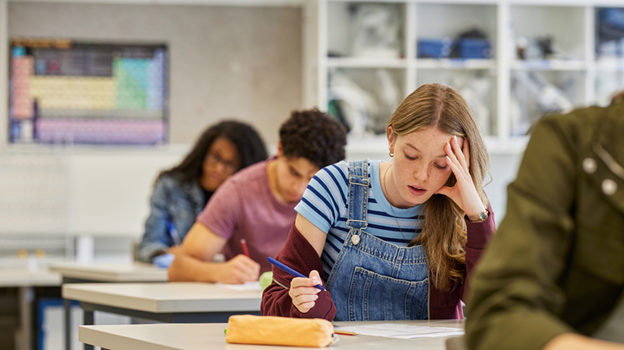Parents in Singapore today face a delightful dilemma: how do you choose the right preschool for your child when options are abundant and philosophies abound? Between international-inspired curricula and progressive learning methods, the choices can feel overwhelming. But among the most talked-about are the private preschools in Singapore and the Reggio Emilia preschools in Singapore, both renowned for redefining what early childhood education can be. What if we told you that the real magic of these schools lies in principles most parents never notice?
1. The Secret Language of the Reggio Emilia Approach
At the heart of a Reggio Emilia preschool in Singapore is a philosophy that views children as capable, curious, and creative. This philosophy originated in post-war Italy as a response to traditional, rigid education.
Teachers act as co-learners, engaging with children’s questions and ideas, and allowing curiosity to lead the way. When children take the lead in their own learning, they’re actually developing critical thinking, collaboration, and problem-solving skills long before formal schooling begins.
2. Private Preschools Prioritise Depth Over Speed
The surprising truth is that many private preschools in Singapore focus less on speed and more on depth. Teachers observe how children think, reason, and express themselves, valuing the process rather than the product.
This shift from performance-based to inquiry-based learning is one of the best-kept secrets in early education. It means children are encouraged to explore topics in detail, creating lasting understanding rather than rote memorisation. Students grasp academic fundamentals and develop confidence, curiosity, and resilience.
3. Classrooms Are Designed Like Living Laboratories
Unlike conventional classrooms, a Reggio Emilia preschool in Singapore is intentionally designed to inspire wonder. Natural light, open layouts, mirrors, plants, and sensory corners are all carefully curated to promote exploration and calm.
Every item in the classroom serves a purpose. This flexible use of materials nurtures creativity and imagination, transforming classrooms into living laboratories of discovery. Meanwhile, private preschools in Singapore often take this further with custom-designed facilities that merge aesthetics and functionality where children feel safe to take risks, make mistakes, and learn through play.
4. Teachers Are Silent Architects of Learning
Behind every child’s “Aha!” moment lies a teacher who carefully scaffolds experiences without taking centre stage. In a Reggio Emilia preschool in Singapore, educators are facilitators who document every child’s thought process. Using photos, notes, and sketches, they track how children build understanding, adapt lessons based on interests, and ensure every child’s voice is heard.
Similarly, teachers in private preschools in Singapore often undergo specialised training in observation-based assessment and child development psychology. This allows them to guide learning gently without overwhelming children with constant direction.
5. Parents Are Partners, Not Spectators
In both private preschools and Reggio Emilia-inspired environments, parents play an active role in the educational journey. Parent participation is embedded in the school culture. Teachers regularly share documentation, insights, and reflections to bridge home and classroom learning.
This approach reinforces consistency between environments. When parents adopt similar communication or problem-solving methods at home, children experience stability for emotional and social growth. These schools cultivate a community where learning continues beyond school walls.
6. The Real Lessons Aren’t in the Curriculum
Perhaps the most surprising secret of all is that the most powerful lessons aren’t explicitly taught. Whether it’s empathy learned through teamwork, perseverance built during a difficult project, or patience developed while waiting for paint to dry, the private preschool in Singapore is full of hidden lessons in self-regulation and social awareness.
In Reggio Emilia preschools, children learn to negotiate, share, and express emotions in constructive ways that will support them for life. These lessons are the foundation of what makes these schools transformative.
7. Art Is Treated as a Language, Not a Subject
One of the lesser-known elements of the Reggio Emilia philosophy is the “hundred languages of children”, where children express themselves in countless ways beyond words. Art, movement, sculpture, storytelling, and music all become tools for communication. In Reggio Emilia preschools in Singapore, this philosophy is deeply embedded: art is a form of thinking.
Children might use clay to explain a scientific concept or paint to visualise emotions. In private preschools, this multi-sensory learning builds emotional intelligence and fine motor skills simultaneously.
Conclusion
So, what’s the real secret behind Singapore’s most respected preschools? It’s a mindset that sees children as capable learners, educators as collaborators, and classrooms as ecosystems of curiosity. Whether you choose a private preschool in Singapore or a Reggio Emilia preschool in Singapore, what matters most is an environment that celebrates questions over answers and growth over grades. Because in the end, the greatest secret of early education is about preparing children for life.
Curious to see how these philosophies come to life? Visit Odyssey – The Global Playground today and observe how creativity, inquiry, and joy shape the way children learn.




